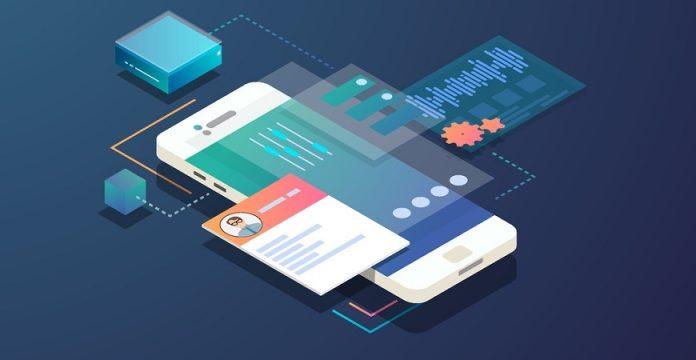In today’s digital landscape, having your own mobile app can greatly benefit individuals, businesses, and entrepreneurs. However, the traditional process of app development often requires advanced programming skills and a significant investment of time and resources.
Fortunately, with the rise of no-code app development platforms, building an app without writing code has become a viable option for many. In this step-by-step guide, we will explore how you can build an app without writing a single line of code in 2023, empowering individuals with limited technical expertise to turn their app ideas into reality.
Understanding No-Code App Development
No-code app development refers to the process of creating mobile applications using visual interfaces and pre-built components, eliminating the need for traditional programming languages.
These platforms provide a user-friendly environment that allows individuals to design, build, and launch their apps without any coding knowledge. This democratizes app development, making it accessible to a broader audience.
Clarifying Your App’s Purpose and Target Audience
Before diving into the app development process, it is crucial to clarify your app’s purpose and define your target audience. Start by identifying the problem your app aims to solve or the need it fulfills.
Conduct market research to understand your target audience’s preferences, behaviors, and pain points. This information will guide your decision-making throughout the app development process and ensure that your app meets the needs of your intended users.
Choosing the Right No-Code Platform
Selecting the right no-code app maker platform is essential for building your app successfully. There are numerous options available, each with its own set of features, pricing plans, and target audiences. Research and evaluate different platforms based on factors such as ease of use, available templates and components, scalability, and customer support. Popular no-code platforms in 2023 include Appstylo, Bubble, Adalo, and Thunkable, among others.
Designing the User Interface
A visually appealing and user-friendly interface is vital for an engaging app experience. Begin by sketching wireframes or utilizing design tools like Figma or Sketch to create a mock-up of your app’s screens.
Focus on simplicity, clarity, and intuitive navigation. Use the design tools provided by the chosen no-code platform to customize colors, fonts, and layouts to align with your app’s branding and user preferences.
Adding Functionality with Pre-Built Components
No-code platforms offer a wide range of pre-built components that can add functionality to your app without requiring any coding. These components include features like forms, buttons, galleries, maps, and more.
Identify the necessary components for your app and integrate them into your app’s interface using the platform’s drag-and-drop tools. Customize these components according to your specific requirements, such as defining form fields or configuring button actions.
Integrating Data and Services
To enhance your app’s capabilities, it’s important to integrate data sources and third-party services. No-code app creator platforms often provide integrations with popular tools and services, including databases, payment gateways, and social media platforms.
Utilize these integrations to connect your app to external data sources, enable in-app purchases, or leverage social media sharing functionalities. Configure the integrations based on your app’s requirements and follow the platform’s documentation or tutorials for guidance.
Testing and Iteration
Thorough testing is crucial to ensure your app functions properly and provides a seamless user experience. Most no-code platforms offer testing capabilities, allowing you to preview your app on various devices and screen sizes.
Take the time to test all the functionalities, user interactions, and data integrations within your app. Seek feedback from friends, colleagues, or potential users to identify any areas for improvement. Iterate on your app’s design and functionality based on this feedback, making necessary adjustments to optimize the user experience.
Publishing Your No-Code App
Once you have thoroughly tested and refined your app, it’s time to publish it to make it available to your target audience. No-code platforms offer various publishing options, including app stores, web apps, and progressive web apps (PWAs).
Choose the appropriate publishing method based on your target audience and app’s purpose. Follow the platform’s guidelines and instructions for publishing, which may involve providing app metadata, icons, screenshots, and app descriptions.
Conclusion
Building an app without writing code has become a reality in 2023, thanks to the emergence of no-code app development platforms. By following the steps outlined in this guide, individuals with limited technical expertise can transform their app ideas into reality.
Remember to clarify your app’s purpose, choose the right no-code platform, design an appealing user interface, add functionality with pre-built components, integrate data and services, test rigorously, and publish your app to make it available to your target audience. Embrace the power of no-code app development and unlock the potential to create your own mobile apps effortlessly.
